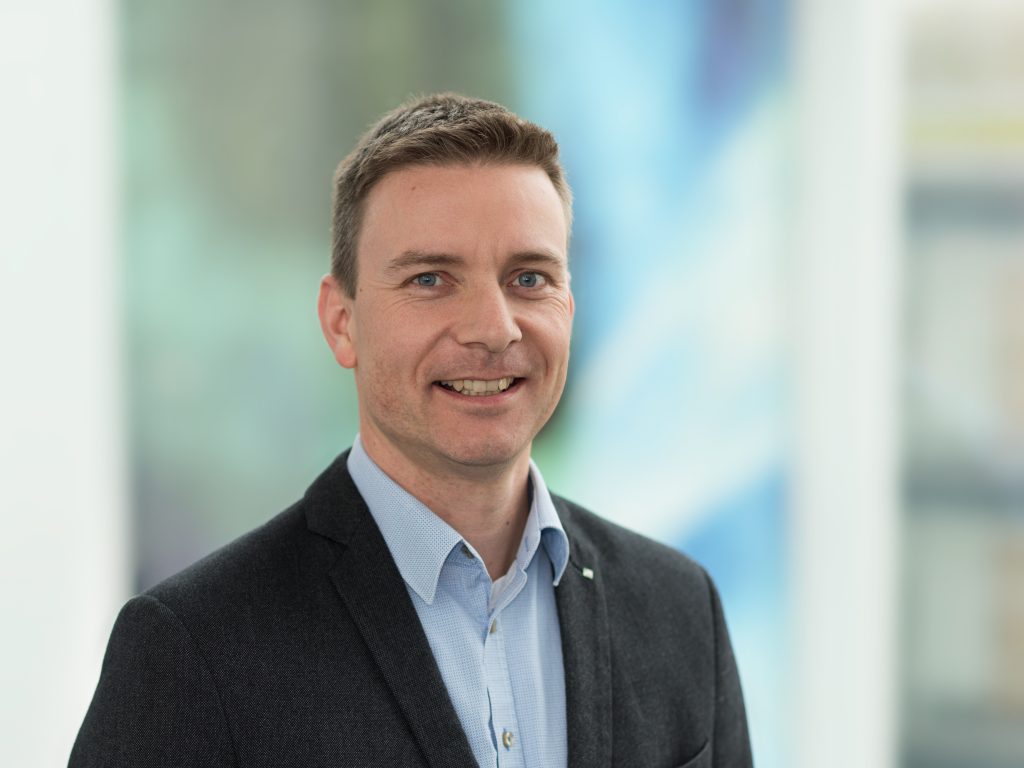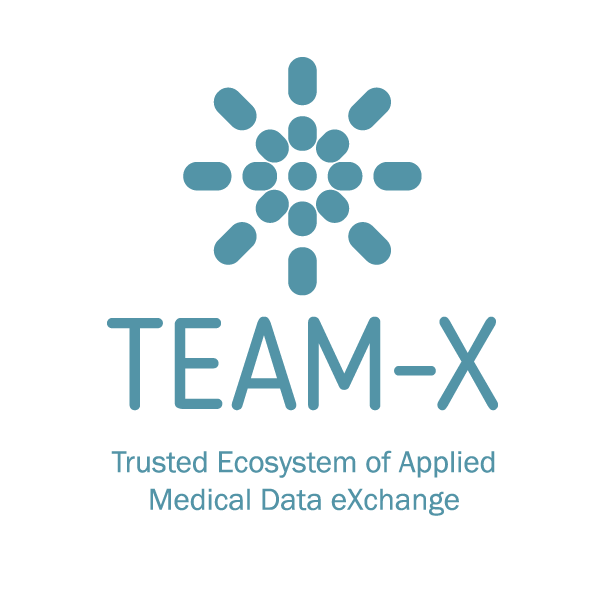Five questions for Fraunhofer Institute for Integrated Circuits IIS – TEAM-X consortium partner
Why are you involved in TEAM-X as a consortium partner?
At Fraunhofer IIS, we have been developing telemedical systems from the sensor to the backend for more than 20 years, and of course especially in the area of data transmission from A to B. In particular, the area of interoperable communication of data should not be underestimated. We have a multitude of silos in which medically useful and usable data are already stored today. The only thing missing are suitable interfaces and mechanisms for accessing this data and using it, for example, for so-called secondary use, i.e. scientific use. We have set out to change this, and Gaia-X offers the right tools to do so.
What is your task?
On the technical side, we at Fraunhofer IIS are responsible for establishing semantic interoperability. In other words, establishing this exchange of data between different systems. To this end, we are already involved in the analysis of our two TEAM-X use cases to determine what data needs to be exchanged here. We then created a harmonized data model for the two use cases, which allows qualified data to be transferred from one system to the other and made interpretable there. As a final step, the data models of both systems are also linked to each other to enable exchange across all use cases.
What are the biggest challenges?
On the one hand, there are a large number of different data sources of varying quality, some of which originate from proprietary systems. This has to be made semantically and also syntactically interoperable with international standards and transferred from one coding system to the other. In addition, we are dealing with two different sectors, nursing and medicine, which have only ever existed side by side. Transferring data is even more difficult here, since very different coding systems and interfaces are used.
What are the benefits of a Gaia-X compliant data room?
Gaia-X brings with it a uniform platform that already has the “annoying things” that you always have to take into account when communicating data in a standardized form. So you no longer have to worry about user authentication and authorization or anything like that. We can concentrate entirely on exchanging the data that is relevant to us. Everything else around it is already available as a service and standardized.
What inspires you about Gaia-X?
For me, Gaia-X is more than just a counter-proposal to the cloud services of American manufacturers. With a view to the European Health Data Space (EHDS), Gaia-X gives us a mechanism and a cloud platform for how we in Europe can and should exchange data securely between all sectors in the future. The EHDS establishes this for all of Europe in the area of medicine. Borderless data exchange of medical data across European national borders will be possible without any problems. This is exactly what European medical technology needs in order to counterbalance American developments. From a European perspective, data protection regulations in particular are not being pursued stringently enough. The General Data Protection Regulation is a good example here and should also protect us from data misuse within the framework of the EHDS.

Christian Weigand © Christian Weigand/FIIS
